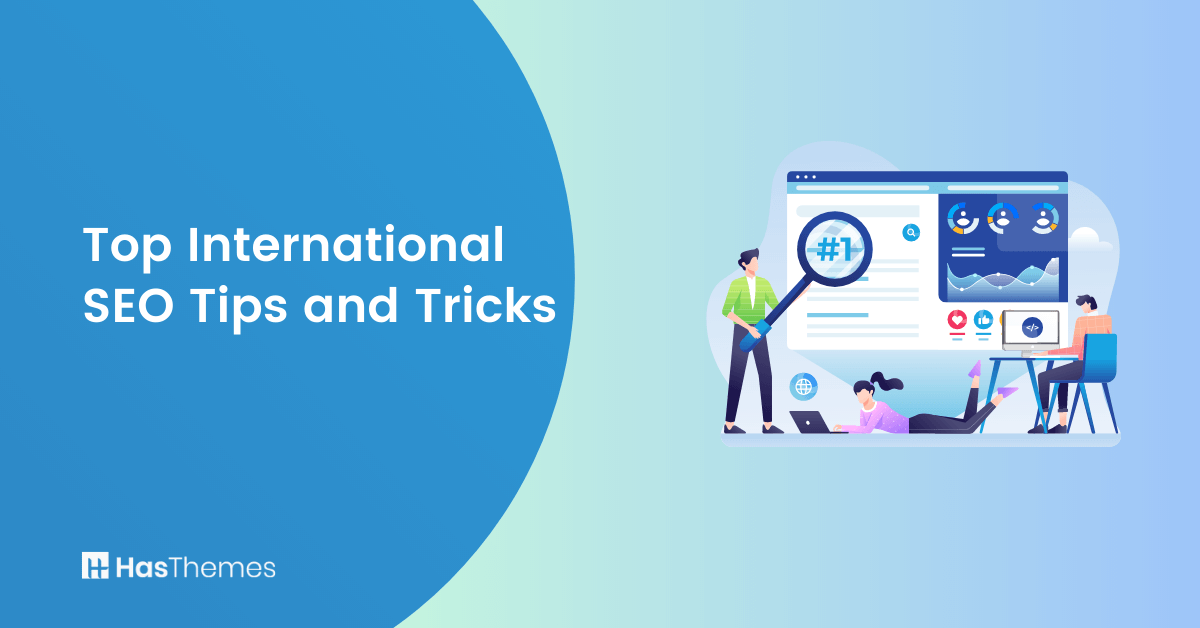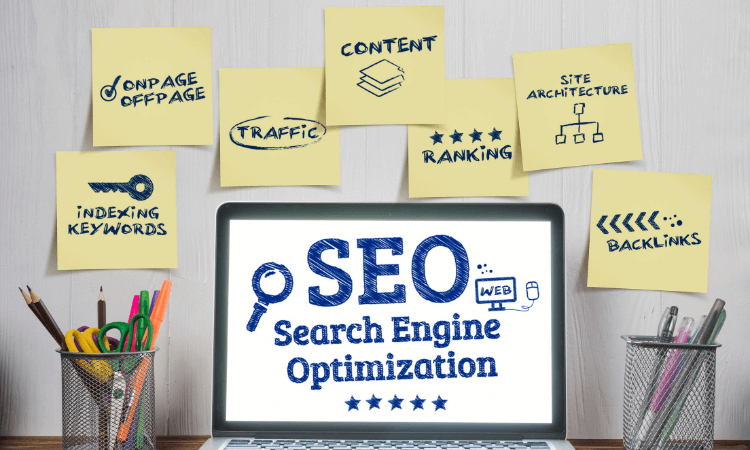
Top International SEO Tips and Tricks
Getting your business found online is always a challenge, but it only gets more difficult as your audience grows. For companies that operate across borders, international Search Engine Optimization (SEO) is a must, but it’s also a major undertaking. Competing in the international space means investing heavily in building your website, brand, and SEO.
When other companies have had years to get ahead of the game, it’s up to you to build a strategy that targets the right regions, keywords, and customers. To get you started, we’re going to go over some of our top international SEO tips and tricks that you can use to build your next marketing strategy.
- Our Top 4 International SEO Tips and Tricks
- Do Your Keyword Research
- Target Based on User Intent
- Focus on EEAT
- Build Links with Major Industry Players
- Frequently Asked Questions
- What are some examples of long-tail keywords for international SEO?
- How can a business build a relationship with major industry players and brands for link building?
- Are there any other factors that contribute to Google’s search ranking aside from backlinks?
- Final Thoughts on International SEO Tips and Tricks
Our Top 4 International SEO Tips and Tricks

The following are some of the valuable International SEO tips and tricks you should follow:
Do Your Keyword Research
Keyword research is a fundamental part of every SEO strategy. But choosing keywords for an international website is a special challenge. The size and breadth of your audience mean it’s often difficult to narrow down your keywords. Worse, there’s lots of competition in the international space, making it hard to rank for broad keywords.
The best way to build an international SEO campaign is to go back to basics. First, we restrict the use of broad keywords to the highest levels of the website. If you’re in a competitive industry, you won’t be able to rank for popular terms like “men’s clothing” right away. That might be a great target keyword for your home page, but we’re going to need to support it with more focused subpages.

This means your keyword research should focus on finding search terms you can rank for. Long-tail keywords are your best bet. These search terms can be used to build product or service pages, landing pages, and blog articles that attract new site visitors. These pages can then be tied back to your overarching content clusters to gradually build your authority and increase your presence in a competitive market.
Target Based on User Intent
Competing in international markets is a challenge. To make sure you’re spending your money in the right places, your SEO strategy should be built around user intent. For most businesses, that means designing a marketing funnel and understanding how each part of your website works towards the goal of generating sales.

The highest levels of your website and funnel are designed to make customers aware of your business. The middle parts target informational searches to help customers make a buying decision. And the bottom parts of your website allow visitors to make a purchase and then encourage them to become repeat customers.
To do this, each part of your website needs to target keywords with the right intent. For example, the lowest parts of your funnel might be product pages that target terms like “buy men’s sneakers online.” Meanwhile, the middle parts of your website could focus on longer tail keywords like “What are the best men’s sneakers for running?” And the highest level of your website could focus on “high-quality men’s shoes.” Segmenting your website like this ensures each piece of content serves a specific purpose and helps to work towards your ultimate goal.
Focus on EEAT
Google is very big on Experience, Expertise, Authority, and Trust (EEAT). In its never-ending quest to deliver higher-quality search results, Google has developed a sophisticated algorithm that determines whether the content on your website is high quality. The higher quality of your site, the more likely you are to appear in search results for relevant terms.
To determine the quality of your site, Google gauges your EEAT. It does this by reviewing content to see if it’s well-written, researched, referenced, and original. But it also uses other signals, such as incoming backlinks from other high-quality websites or by checking the credibility of the content author.
Improving your EEAT is mostly done by boosting the quality of your website. Perform a review of every page to see whether the content is high quality, original, informative, and trustworthy. If you find blogs, articles, resources, landing pages, or anything else that doesn’t meet these guidelines, that content should be rewritten. Wherever possible, cite sources (such as when referring to statistics or legislation), use Google’s purpose-built schema (such as article and author schema), and regularly publish high-quality content.
Build Links with Major Industry Players
The links that run between your website and other sites are a huge part of your Google search ranking. Google uses these links as a sign that your website is high quality, reputable and trustworthy. This is especially important in international SEO, where competition is high. Most of the companies you’re competing with are building backlinks, but you can easily surpass them if you’re able to build a relationship with major industry players and brands.

When major brands, news outlets, and industry websites place a link back to your site, Google sees that as a vote of confidence. Building backlinks with other relevant, high-quality websites can skyrocket you to the top of Google, and it’s a great way to leverage the popularity of influential brands.
Read More:
👉 Proven Link Building Strategies to Maximize Your SEO Potential in 2024
👉 SEO Checklist for Small Business Websites
Frequently Asked Questions
What are some examples of long-tail keywords for international SEO?
Ans: Some examples of long-tail keywords for international SEO are “best French restaurants in London”, “top Italian fashion brands for men”, and “affordable hotels in Tokyo for families”.
How can a business build a relationship with major industry players and brands for link building?
Ans: Building a relationship with major industry players and brands for link building can be achieved through several strategies such as guest posting on their website, collaborating on content creation or events, and building a social media relationship by engaging with their posts and sharing their content.
Are there any other factors that contribute to Google’s search ranking aside from backlinks?
Ans: Yes, there are other factors that contribute to Google’s search ranking aside from backlinks. These include the relevance and quality of content, user experience, page speed, mobile-friendliness, domain authority, and HTTPS security.
Final Thoughts on International SEO Tips and Tricks
In today’s global economy, implementing effective international SEO strategies is essential for businesses looking to expand their reach and connect with new audiences across the world. By following these top international SEO tips and tricks, you can effectively optimize your website for search engines and boost your visibility in global markets.
From conducting thorough keyword research to creating localized content and building high-quality backlinks, these strategies will help you succeed in the competitive world of international SEO. By investing time and effort into developing a comprehensive international SEO strategy, you can take your business to new heights and achieve success on a global scale.



